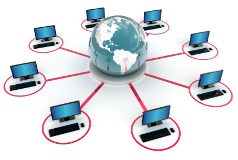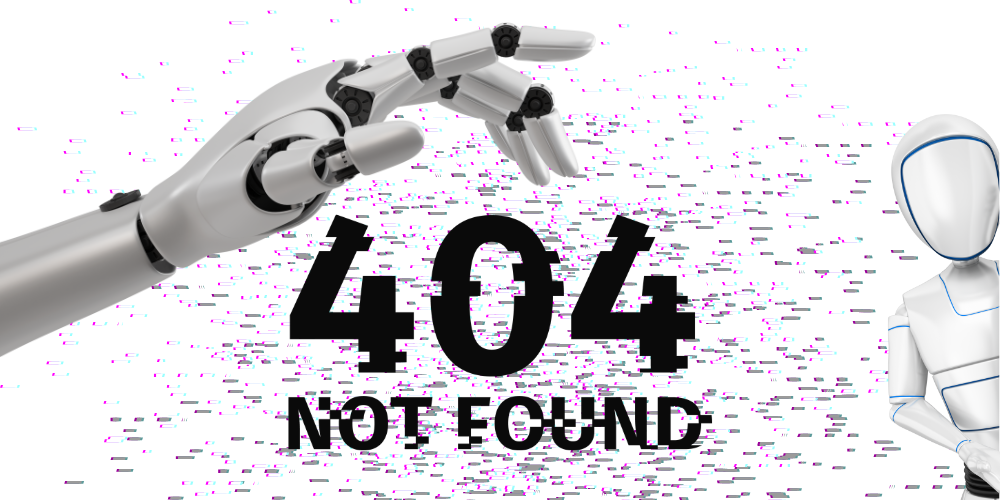Understanding the Upgrade Funnel in SaaS Applications
Most of us are familiar with the conversion funnel on a website which usually goes like this:

What this funnel tells us is that out of 100 people who visited the home page, 60% people visited the pricing page, 6% people clicked through to the sign up page, and 3% completed the sign up. You can install an analytics tool, like Google Analytics, on your website and define the pages of the funnel. The tool will track user flow and show you the numbers for each step in the funnel. Armed with this information, you can then look at optimising parts of the funnel in order to increase the conversion rate.
For single transaction sites, like an e-store or travel site, the story ends there. The customer has paid the money, and you have a conversion.
However, things get a little more complicated when you have a SaaS application.
Most SaaS applications work on a freemium model. In this model, the customer does not pay any money during sign up. They usually sign up on a free plan to evaluate the application. Only if they like it will they eventually upgrade and pay you money. Hence the conversion does not happen at sign up, but only much later.
While almost everyone is aware of the need to identify the funnel and track it on the website, very few are defining and tracking the conversion process inside the application. What happens from the time a user signs up until they upgrade? There is another funnel here, called the upgrade funnel.
The upgrade funnel
The upgrade funnel has four main steps:

Signed Up: A new user has signed up for your application. This is the starting point of the upgrade funnel.
Activated: Believe it or not, many users simply sign up and then leave without performing any action on the application. Twitter, for example, has 30 million accounts that have no tweets, follow no one, and no one follows them. Many users came to the site, signed up, and then left forever. "Activation" refers to the minimum actions that a user must do to start using your application. In the case of Twitter, an account might be considered activated once it follows 5 people and tweets once.
Engaged: Once a user has activated your product, the next step is to engage them. This means they start using the product more, and possibly using advanced features that they didn't use in the beginning. Drop off at this point could be due to many reasons: users used your product and it didnt fit their needs, or they are happy with the functionality in the free plan, or they are simply unaware of the advanced features and how they would benefit from them. In any case, remember that users don't upgrade until they start hitting the limits of the free plan.
Converted: Finally, some percentage of users are hitting the limits on their free plan and they decide to upgrade and pay you money. This is the end goal where you actually get revenue.
Using the model
This 4-step funnel provides a broad model for understanding user behaviour within your application. Remember that it is only a model and will have to be tweaked for specific applications. For example, many SaaS applications will have intermediate steps between activated and engaged.
The next step is to define what "activated" and "engaged" mean for your product. What are the minimal steps a user must perform before you can say that they have started using your product? At what point do you say that they are engaged and candidates for an upgrade?
With the model defined, its time to measure. Keep track of user activities so that you know when an account becomes activated and when it becomes engaged. You should be able to know how many accounts are on each step of the funnel and what the drop off rate between steps is. By measuring this, you get data to start optimising parts of the conversion funnel.
That is an brief overview of the upgrade funnel. In later articles we'll look in more detail at individual steps in the funnel.

About Siddharta Govindaraj
Siddharta is the founder of Tour My App, a product that allows web application developers increase user activation, engagement and conversion by creating step by step guided tours through their application.








![[Funding alert] Media-tech startup Toch raises over $400K in round led by Inflection Point Ventures](https://images.yourstory.com/cs/2/b3bfb136ab5e11e88691f70342131e20/Imagevgyw-1586973026465.jpg)

![[TechSparks 2020] Soumya Rajan of Waterfield Advisors on guiding Indian family offices to sustainable wealth creation](https://images.yourstory.com/cs/2/220356402d6d11e9aa979329348d4c3e/waterfield-feature-1604492757941.png)
![[Startup Bharat] Y Combinator-backed BeWell Digital is enabling the digital transformation of radiologists](https://images.yourstory.com/cs/2/40d66ae0f37111eb854989d40ab39087/ImagesFrames31-1648033042143.png)